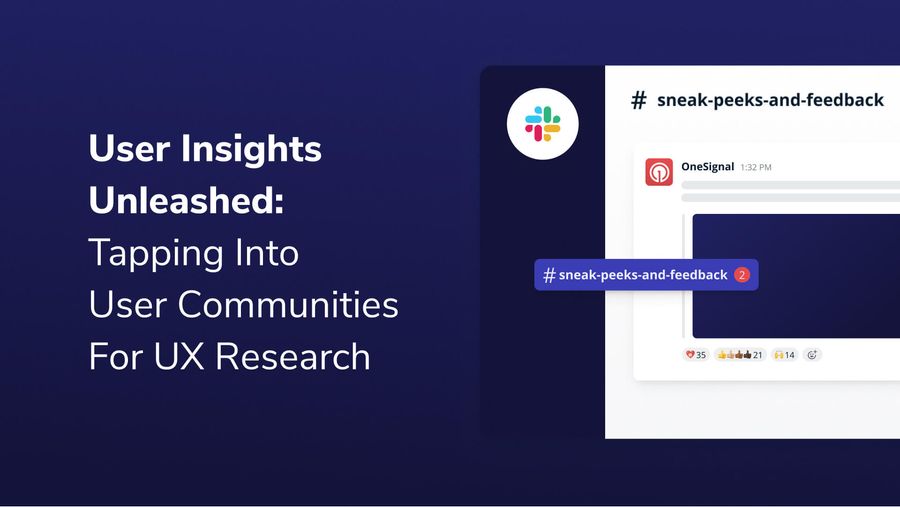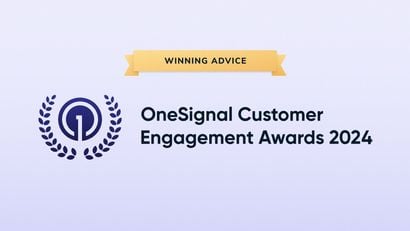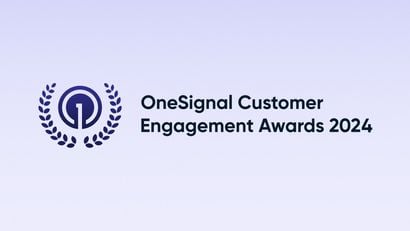A foundational principle that governs the realm of user experience (UX) Design is the commitment to empathizing with the user. This key idea compels us to transcend our own biases and those of stakeholders when designing a product. It underlines the necessity of comprehending how a user may interact with the product, often making the user's perspective more valuable than those of the designer or stakeholders.
The Roadblocks in Embracing Empathy
Although the concept of user empathy is easy to voice, putting it into action presents a unique set of challenges. Persuading stakeholders to endorse an outside-in decision-making process is typically met with resistance due to reasons such as unfamiliarity with user-centric design methodologies or fear of unchartered processes.
Furthermore, the process of achieving user empathy, a crucial aspect of UX research, often turns out to be an intensive research task. This process can include:
- Recruitment: The first step in this process involves recruiting the necessary participants for the study.
- Incentivizing Participation: Ensuring all participants are incentivized adequately is another key aspect, requiring careful approval and management.
- Conducting Surveys: Surveys allow researchers to gain broad insights into user needs and behaviors.
- Observing Users: Direct observation of users interacting with a product or prototype provides firsthand information about usability and user experience.
- Engaging in One-on-One Interviews: Personal interviews allow for deep dives into individual user experiences, preferences, and behaviors.
- Synthesizing Outcomes: The results from these diverse sources are then compiled and synthesized to gain a holistic understanding of user experiences.
These methods, while shedding valuable insights into user behavior, can potentially slow down product release velocity.
Navigating Challenges: OneSignal’s Success Journey
I was privileged to join OneSignal, where the significance of user research was recognized and effectively implemented. Nevertheless, we faced a common pain point — the quest for an efficient way to conduct user testing without the labor-intensive processes of recruiting and incentivizing participants.
In my prior role as a lead Product Designer, I had the chance to collaborate with a user research team to develop a research program. This program built an engaged community of users who participated in user testing, incentivized by a point reward system. Despite the success, the program was demanding in terms of maintaining the participating community, monitoring the points and incentives, and managing communication via email.
Upon joining OneSignal, I discovered a vibrant User Community Slack channel, maintained by our Community Marketing manager. This channel serves as a robust platform for users to interact with OneSignal and each other on various topics. Seeing this potential, I promptly decided to leverage this community from a user experience research perspective. Engaging with this community allows us to conduct usability tests without additional incentives, thereby utilizing the already active and eager user group.
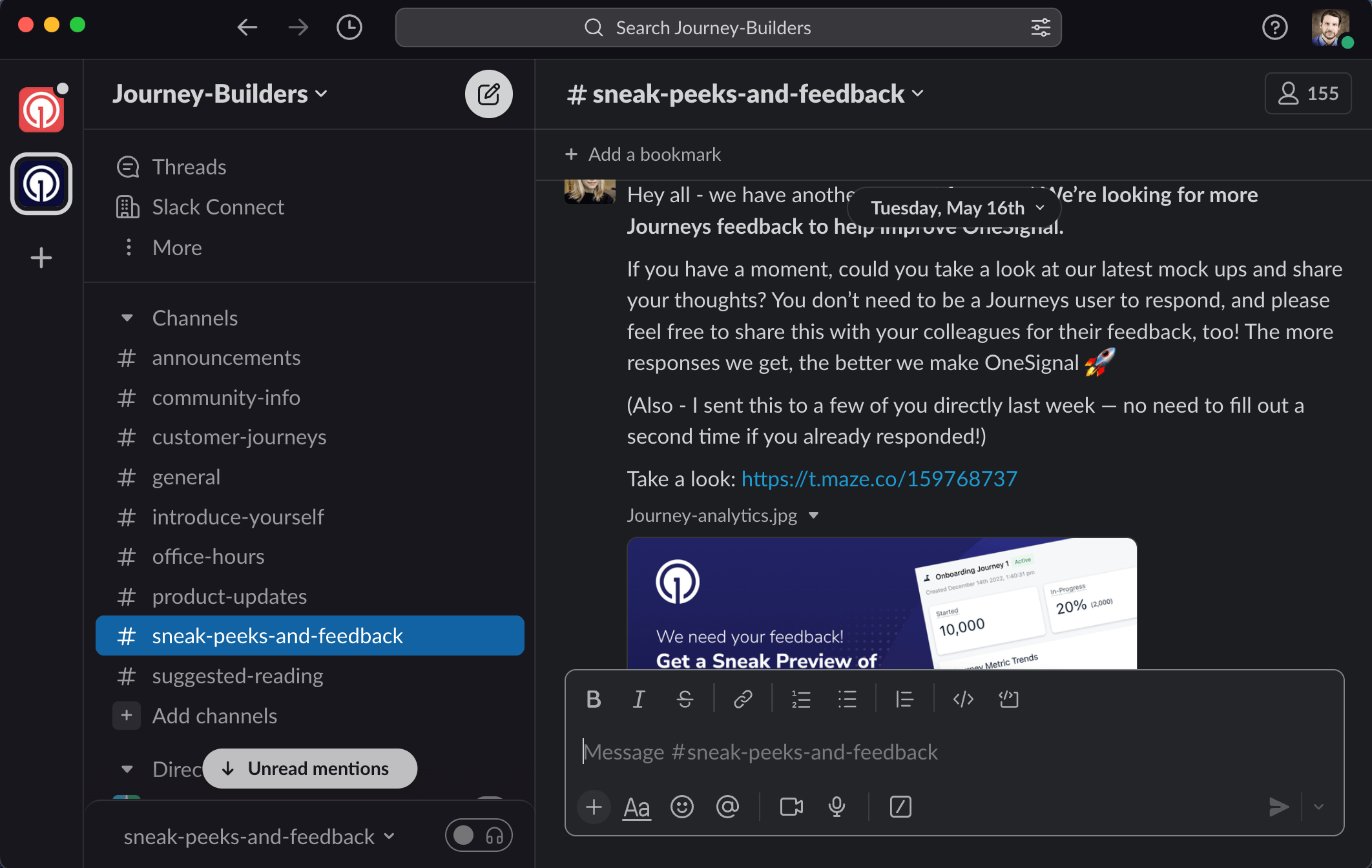
Unraveling the User Testing Process
Our process begins with defining the type of user test required, depending on the questions we want to be answered. Given the unique setting of a Slack-based community, we opt for several types of unmoderated user tests allowing members to engage passively at their convenience. These include:
- Card Sorts: User-centered design method for refining site or app information architecture. Participants sort labeled cards into meaningful groups.
- Unmoderated Usability Tests: Remote assessments of user tasks in their natural environment, recorded for analysis. Reveals real-world user interactions.
- Surveys: Collecting user data through questions, open or closed-ended. Useful for understanding demographics, preferences, and experiences.
- View and Reply Tests: Usability testing where users react to static interfaces. Identifies usability issues and user expectations.
To facilitate these unmoderated tests, we use third-party software such as Maze to conduct the test and Figma to generate prototypes. We ask users to provide their email addresses at the end of each test if they want to discuss the research further.
The next step is to connect with the community. Teaming up with OneSignal’s Slack communication manager, we plan messages to the community, including a scheduled direct message (DM) inviting users to participate. We ensure our communication is clear and personable and include a link to the testing platform. Subsequently, we post an official link to the test and a customized preview graphic in a dedicated channel, #Sneak-Peeks-and-Feedback, where users could access and participate in ongoing tests at their convenience.
The Advantages of Our Approach
This process ensured high visibility and accessibility to the user tests, encourages active user engagement, and facilitated open dialogue. Offering passive and unmoderated testing methods allows our users to participate at their convenience, potentially increasing response rates. Moreover, this methodology ensures rich user feedback and insights.
Our approach has led to considerable success, garnering substantial user feedback and enabling data-driven decisions without traditional recruiting and incentivizing. The more tests we conducted, the more users engaged, providing valuable insights and feeling more invested in the product's UX.
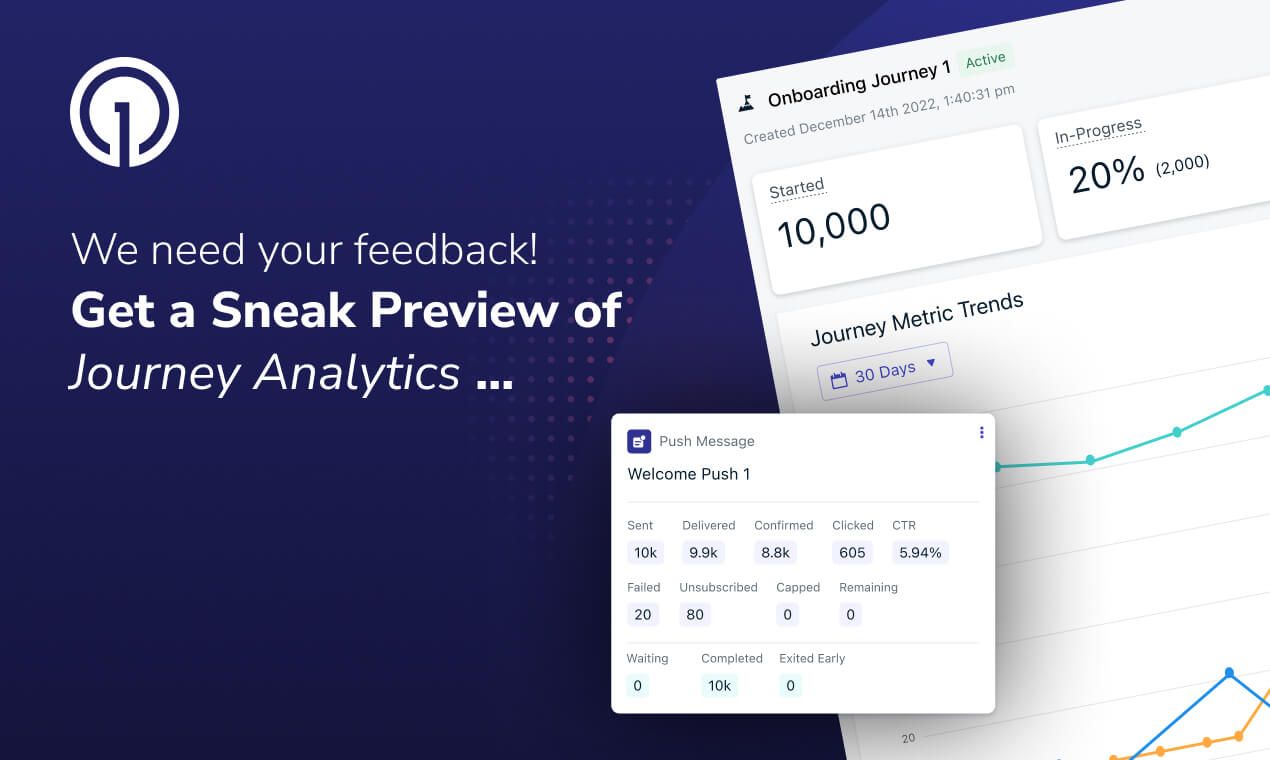
Final Thoughts
In summary, embracing empathy and user-centric design principles, while seemingly challenging at the outset, can unlock immense opportunities for product enhancement and customer satisfaction. Overcoming hurdles like gaining stakeholder buy-in and efficiently conducting user testing becomes easier with a dedicated user community and a well-planned approach.
At OneSignal, we've found success in leveraging an existing Slack community to conduct user testing without the traditional burdens of recruiting and incentivizing participants. This has allowed us to actively engage with our users and obtain valuable insights that validate our product design decisions. This proactive approach allows us to make informed choices before investing in code writing and building, resulting in significant time and cost savings for the company.
This process, while beneficial, is by no means a one-size-fits-all solution. It's essential to adapt and tweak the methodology to fit each organization's unique needs and context. Despite the initial challenges, it's worth noting that the long-term rewards of embracing a user-centric design approach far outweigh the initial pain points. These include enhanced customer satisfaction, loyalty, and business growth - compelling reasons for companies to consider integrating user experience research into their workflows.
We hope that our journey at OneSignal serves as a source of inspiration and a guidepost for others seeking to deepen their understanding of their users and enhance their product offerings.
Are you a current OneSignal customer looking to provide insights and feedback on current and upcoming product features? Join our Slack Community today!
User Research Tips for Mobile Apps
If you have a mobile app, in-app user surveys are a great tool to gain insights from your most engaged users while your app is top-of-mind. Our in-app messaging tool makes it easy to execute surveys quickly and easily without developer support. Reach out to us to learn more about creating user surveys and other ways to leverage user insight to enhance your UX and drive growth.
Chat with a User Engagement Expert